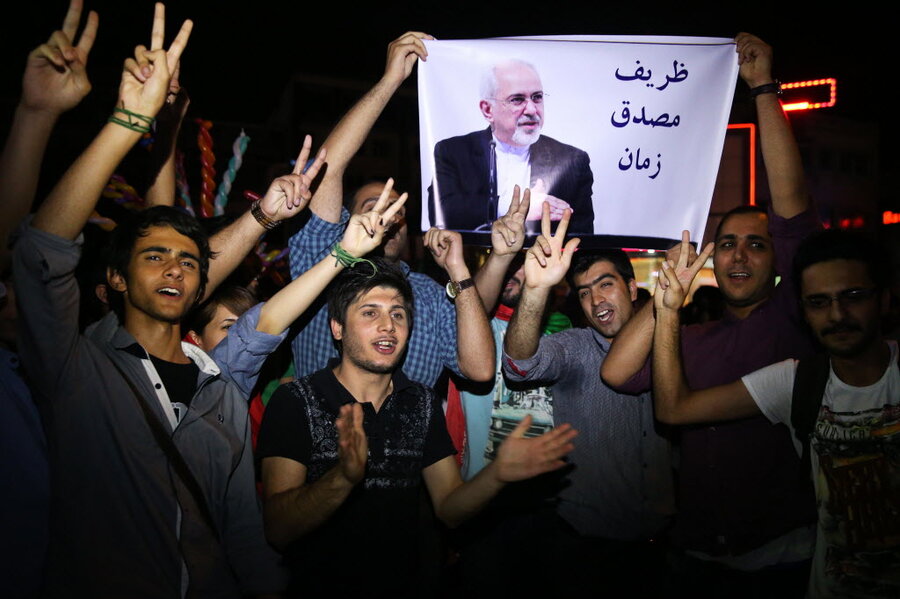Iran's nuclear deal starts to end after 10 years, not 15 years
Loading...
A confidential document from the Iran nuclear deal, which was recently leaked to the Associated Press, allows Iran to expand its uranium enrichment program after the first 10 years of the deal, even though the overall agreement lasts 15 years.
The document was given to the Associated Press by a diplomat whose work focused on Iran’s nuclear program and who described the document as “an add-on agreement to the nuclear deal in the form of a document submitted by Iran to the International Atomic Energy Agency.” The IAEA is the United Nations' watchdog on nuclear research. The authenticity of the document was confirmed by an additional diplomat with access to the document.
The nuclear deal, signed a year ago, was intended to prevent Iran’s proclaimed peaceful nuclear research from being directed at making weapons. In exchange, the US would lift many of the economic sanctions that had been in place since the Iranian hostage crisis in 1979. However, details were foggy on what would happen when the stipulations of the deal expire, which varies from 10 to 15 years.
This document clears up some of that uncertainty: In 2027, 11 years after the deal was made, Iran can replace the old centrifuges with new ones that are five times as efficient, effectively boosting Iran’s uranium enrichment capacity. The AP says that means Iran could have enough enriched uranium to make a nuclear bomb in six months.
One of the key arguments used by proponents to sell the deal to skeptics was that it lengthened the “break out” period to build a nuclear bomb – from two or three months to at least 12 months. The State Department says that this most recent document does not negate that.
“The prohibition on Iran’s pursuit of a nuclear weapon – and our ability to monitor the peaceful nature of its nuclear program – remains in effect indefinitely,” State Department spokesman Mark Toner told the Associated Press. “The breakout time does not go off a cliff nor do we believe that it would be cut in half, to six months, by year 11.”
US Energy Secretary Ernest Moniz told The AP said the document obtained by the AP posed no contradiction to 12 months breakout claim because "we made it very clear that we were focused on 10 years on the minimum one-year breakout time."
When it was signed, many Iranian and US leaders considered the deal a landmark of foreign policy success. President Obama, who has a legacy of interacting with adversaries, was able to make the case that the world was safer as a result of sustained diplomatic efforts not seen in decades between the two nations.
Still, there has been some pessimism on both sides since well before this latest document was released.
“In terms of nonproliferation, Year 1 [of the deal] has been good,” Karim Sadjadpour, Iran analyst with the Carnegie Endowment for International Peace in Washington, told The Christian Science Monitor on July 14. “But I’m not as optimistic as others that this is going to reach its 10-year anniversary.”
For Iranians, public opinion on the deal has suffered because of overly high expectations about its capacity to restore the country’s crumbling economy.
In America, opinions on the deal both for and against have not changed much since last summer when the deal was signed. On one side, 75 national security leaders recently sent a letter to Obama calling for the deal to serve as a model for expanding diplomacy with Iran. On the other, there are are 35 pieces of legislation in Congress related to changing the deal that are currently under debate.








